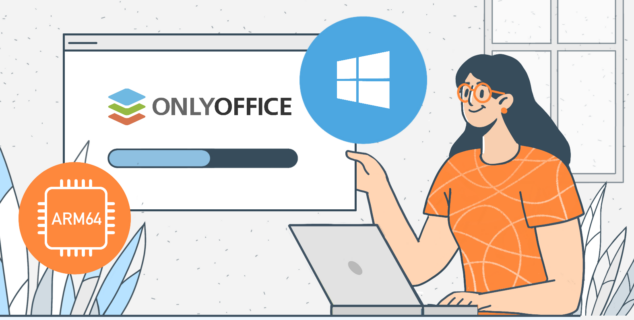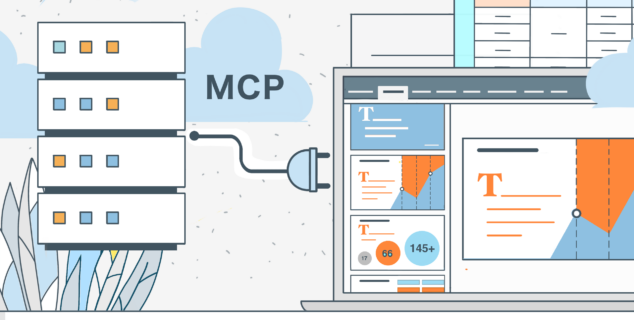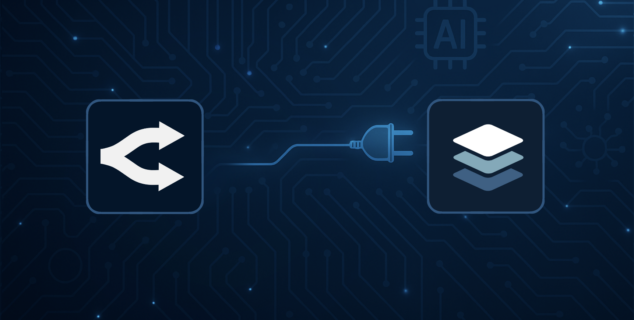What is educational technology (EdTech)?
Imagine learning at your own pace, anytime and anywhere — welcome to the realm of EdTech! With interactive classrooms and tailored training, EdTech is revolutionizing education, making it more accessible, engaging, and effective for both students and educators. It’s reshaping the way we teach and learn in the digital era.

What is educational technology (EdTech)?
EdTech refers to integrating technology into education to enhance teaching, learning, and administration. It includes a broad array of tools, platforms, and strategies designed to boost the effectiveness and accessibility of education.
EdTech not only includes hardware and software but also pedagogical methods, digital content, and interactive learning environments, all aimed at enhancing the acquisition of knowledge and skills.
EdTech benefits
- With the provision of interactive tools and multimedia content, the learning process becomes more engaging and enjoyable for students.
- EdTech eliminates geographical and physical barriers, enabling students in remote areas to access high-quality education.
- Flexible learning platforms help customize lessons to fit each student’s unique needs and pace, providing a more personalized learning experience.
- Teachers can track student progress using automated grading, digital portfolios, quizzes, and real-time feedback. These innovations help educators monitor learning outcomes and provide timely support.
- Platforms like Microsoft Teams and Zoom facilitate real-time collaboration between students and teachers, empowering seamless communication through discussions, group projects, and shared documents.
- EdTech tools collect data on student performance, empowering teachers and administrators to make informed decisions about curriculum and teaching strategies.
- Assisting technology like speech-to-text software, audiobooks, and specialized learning devices helps students with disabilities access education. EdTech can cater to the unique needs of individuals with learning, physical, or cognitive challenges.
Most demanded education technologies in 2024-2025
Cloud technologies
It delivers computing services such as storage, servers, databases, and software over the internet, enabling seamless access and scalability. Rather than using local hardware, users access these resources remotely via the cloud, which provides flexibility and cost savings. It enables convenient access to data and applications from any location, making it well-suited for businesses, education, and personal use.
In the education framework, cloud technologies allow students and teachers to access materials, collaborate, and manage coursework from anywhere. Tools such as Google Drive, Microsoft OneDrive, and cloud-based Learning Management Systems (LMS) allow unified access to files and applications that encourage remote learning and real-time collaboration.
Another example is ONLYOFFICE DocSpace, which operates a robust cloud-based system, offers several benefits in EdTech for both students and teachers.
- ONLYOFFICE DocSpace offers a secure space for organizing and accessing educational resources. Teachers can upload and share lesson plans, while students can submit assignments directly through the platform.
- Teachers and students can collaborate in real-time on documents, presentations, and spreadsheets, promoting group learning. Multiple users can edit, comment, and review materials together.
- ONLYOFFICE DocSpace is accessible on any device, enabling students and teachers to stay connected from anywhere, which is especially beneficial for remote learning.
- Teachers can streamline administrative tasks by automating processes like grading assignments, creating quizzes, or setting deadlines, allowing more focus on teaching.
- Detailed feedback can be provided by teachers through comments, notes, and revision histories, helping guide students’ progress and deepen their understanding.
- With user permission settings in ONLYOFFICE DocSpace, data security and privacy are ensured, creating a safe environment for teachers and students to share and manage educational materials.

Artificial intelligence
AI-driven platforms are the enablers of transforming education by offering personalized experiences. AI-powered tutors, grading systems, and flexible learning platforms help students learn at their own pace.
Some examples of AI in EdTech could be:
- DreamBox and Knewton are AI-powered platforms that adapt lessons to meet individual student needs, providing personalized learning paths based on their performance and learning style.
- AI tools like Gradescope automatically grade assignments, quizzes, and exams, saving teachers time while ensuring quick and consistent feedback.
- AI tutors, such as Carnegie Learning and Squirrel AI, offer real-time support to students, simplifying complex concepts with step-by-step explanations.
The AI plugin in ONLYOFFICE DocSpace editors is based on ChatGPT and provides advanced capabilities such as:
- Smart assistance: provides instant suggestions and corrections for punctuation, formatting, and style, enhancing document quality and productivity.
- Content generation: assists with content creation and text drafting based on user prompts, streamlining the writing process.
- Data insights: analyzes extensive document content and provides summaries for quick understanding and review.
- Language translation: delivers automated translation services to support multilingual collaboration and ensure global accessibility of documents.
- Enhanced search: utilizes AI to deliver precise and relevant search results within documents, simplifying the retrieval of specific information.
These AI-powered features improve the functionality of ONLYOFFICE DocSpace editors, making document creation and management more efficient and intuitive.

Virtual reality
Just like virtual classrooms or simulations, VLEs offer captivating learning experiences by allowing students to engage in real-world scenarios. VR and AR (augmented reality) enable the simulation of environments such as historical tours, lab experiments, and medical training, all without requiring physical presence.
Learning management systems (LMS)
Learning management systems (LMS), such as Google Classroom, Moodle, and Blackboard, allow teachers to create, deliver, and evaluate coursework online.
Gamification
With gamified learning platforms, education is becoming more appealing as it motivates students through rewards, points, and interactive challenges.
Blockchain technology
This is used to securely store credentials, certificates, and transcripts, ensuring authenticity and preventing fraud in educational documentation.
Remote learning solutions
Tools like Zoom, Microsoft Teams, and Google Meet keep online and hybrid learning in high demand by providing flexible options for teaching and collaboration.
EdTech analytics tools
These tools offer real-time feedback and data on student performance, helping educators make data-driven decisions to enhance learning outcomes.
Digital collaboration tools
Platforms such as Slack, Trello, and Miro are utilized for group projects and enhancing collaborative learning environments.
EdTech tools examples
ONLYOFFICE DocSpace
ONLYOFFICE DocSpace is home to several EdTech tools, which support collaboration, learning, and productivity within educational environments.
- Multiple users, such as students and teachers, can work on documents simultaneously in real-time, which enhances group work and interactive learning.
- The version control tool benefits educators by allowing them to track changes made by students and monitor their progress.
- Teachers can collect and analyze student responses in form-filling rooms easily by creating customized surveys, assessments or quizzes.
- ONLYOFFICE DocSpace’s centralized cloud-based storage safeguards educational materials and resources that are easily accessible from any location.
- Sharing options are secured via access controls for teachers that allow them to share learning materials with students while maintaining document quality. Additionally, public rooms make it easier to simplify file sharing with external users, which is easily integrated, cost effective and safe to store your files.
Store documents and work seamlessly with ONLYOFFICE DocSpace:
Other examples of Edtech tools
Various other examples of well-known Edtech tools are as follows:
- Kahoot: A learning platform that uses games and quizzes created by teachers to make education more interactive and engaging for students.
- Coursera: A platform offering online courses from top universities and companies that allow students to learn at their own pace and gain certifications.
- Seesaw: A digital portfolio platform where students can display their work and receive feedback from teachers and parents.
- Zoom: A video conferencing platform designed for online classes, meetings, and webinars, enhancing remote learning and communication.
- Edpuzzle: allows teachers to design interactive video lessons by incorporating questions and comments directly into educational videos.
Embracing the future of education
EdTech is an active field that continues to progress with advancements in AI, digital platforms, and machine learning. It holds an important role in transforming traditional teaching methods, making education more accessible, effective, and personalized.
However, like any other kind of technology, Edtech, too, comes with numerous challenges, such as issues with connectivity, training the teachers to use it effectively, or concerns regarding data privacy and cybersecurity. But the potential benefits of using EdTech effectively are enormous, promising to transform the future of education for students and teachers around the globe.
The core value of EdTech is recognizing the importance of maintaining a balanced approach between technological innovations and traditional teaching methods. Effective EdTech should complement, rather than replace, established pedagogical practices. It’s essential to support tech tools to enhance learning experiences — such as through interactive content, data-driven insights, and virtual collaboration — while still preserving the essential elements of face-to-face instruction, personalized mentorship, and hands-on activities. This balance ensures that technology supports educational goals without overshadowing the foundational principles of effective teaching and learning.
Create your free ONLYOFFICE account
View, edit and collaborate on docs, sheets, slides, forms, and PDF files online.


